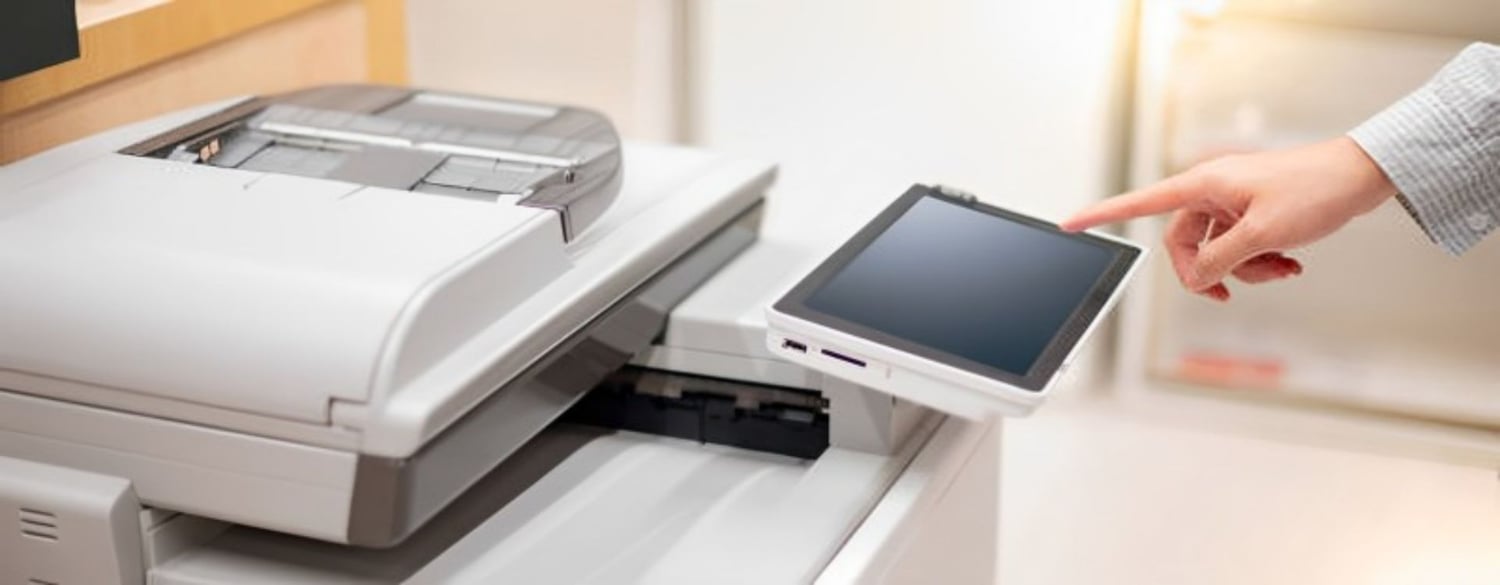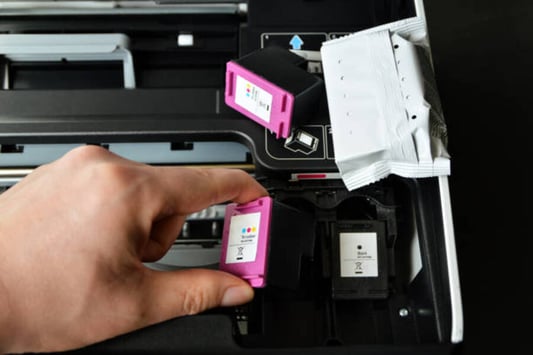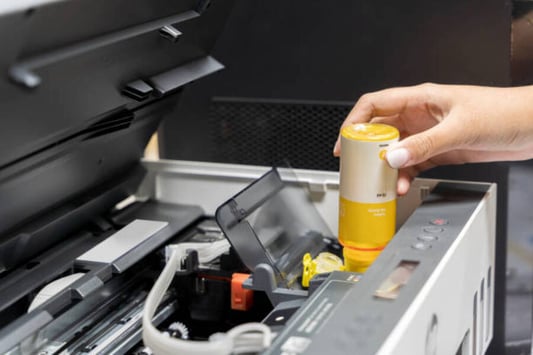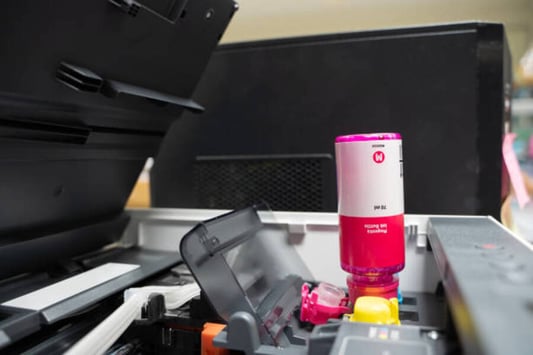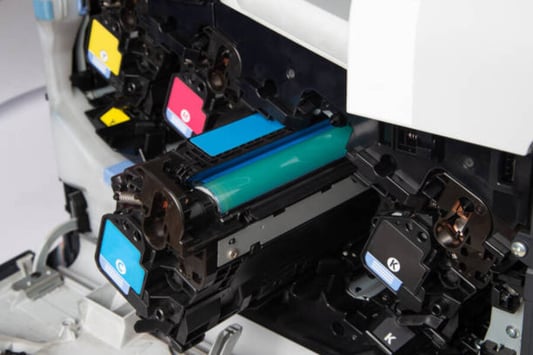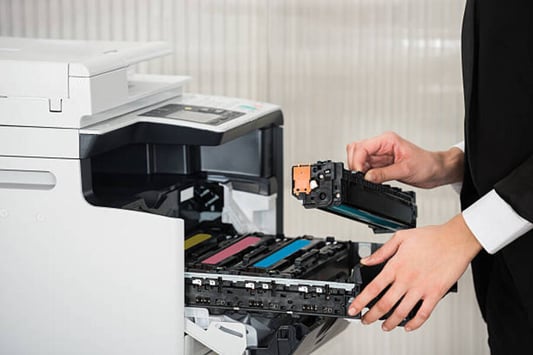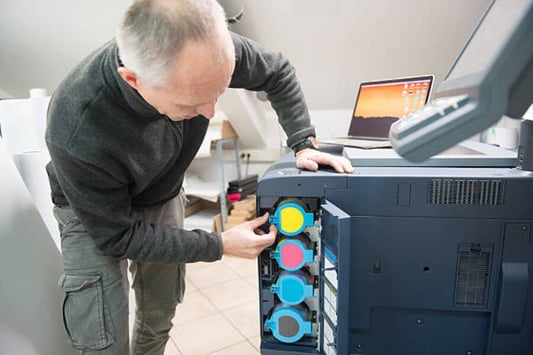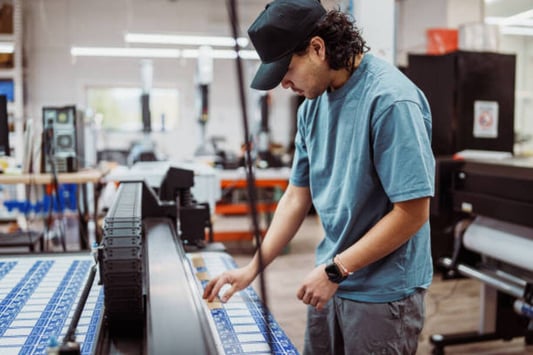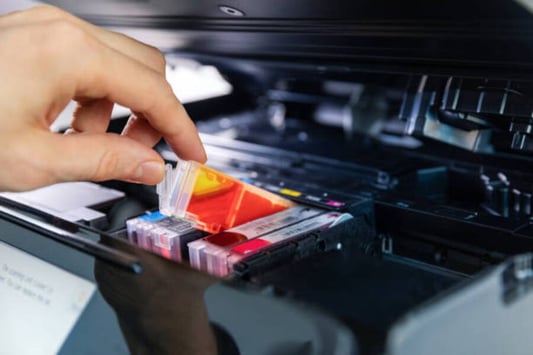Overview of konica minolta bizhub 206 parts listKonica Minolta Bizhub 206 is a popular multi-functional printer used in many offices. Having a parts list for this machine is essential for maintenance and repair purposes.Importance of Maintaining a Parts ListA parts list helps in identifying and ordering the right components for your Konica Minolta Bizhub 206. Without a proper parts list, you may end up with incompatible or incorrect parts, leading to further damage to the machine.Commonly Replaced PartsSome common parts that may need replacement in a Konica Minolta Bizhub 206 include toner cartridges, imaging units, fuser units, developer units, feed rollers, and transfer belts. Keeping a list of these parts handy can save you time and money in the long run.Where to Find a Parts ListYou can usually find a parts list in the user manual that comes with the printer. Additionally, you can contact Konica Minolta directly or visit their official website to access a digital version of the parts list.Ordering PartsOnce you have identified the parts you need, you can order them from Konica Minolta authorized dealers, online retailers, or third-party suppliers. Be sure to provide the correct part number to ensure compatibility.Ensuring CompatibilityIt's crucial to double-check the compatibility of the parts you are ordering with your specific model of Konica Minolta Bizhub 206. Using incompatible parts can cause malfunctions and damage to your printer.DIY vs. Professional RepairsWhile some users may attempt to replace parts on their own, it's recommended to seek professional assistance for complex repairs. This can help avoid any further damage to the machine and ensure proper installation of the new parts.Tips for MaintenanceRegular maintenance of your Konica Minolta Bizhub 206 can help prolong its lifespan and prevent costly repairs. This includes cleaning the machine, replacing worn-out parts, and performing routine checks for any issues.Investing in Quality PartsWhen purchasing replacement parts for your Konica Minolta Bizhub 206, prioritize quality over price. Investing in genuine Konica Minolta parts or high-quality third-party alternatives can help ensure the longevity and performance of your machine.ConclusionHaving a comprehensive parts list for your Konica Minolta Bizhub 206 is essential for smooth operation and maintenance of the machine. By understanding the importance of each component and following proper maintenance practices, you can keep your printer running smoothly for years to come.Quote InquiryContact Us
- Home
-
Product
-
Drum unit
-
Toner cartridge
- Toner Cartridge For Konica Minolta
- Toner Cartridge For Kyocera
- Toner Cartridge For Ricoh
- Toner Cartridge For Lexmark
- Toner Cartridge For Xerox
- Toner Cartridge For Canon
- Toner Cartridge For Utax
- Toner Cartridge For Olivetti
- Toner Cartridge For Triumph Adler
- Toner Cartridge For OKI
- Toner Cartridge For Pantum
- Toner Cartridge For Sharp
- Toner Cartridge For Toshiba
- Toner Cartridge For Sindoh
- Toner Cartridge For HP
- Toner Cartridge For Katyusha
-
Fuser unit
-
Developer unit
-
Spare Parts
-
Drum unit
- Company
- Case
- Blog
- Contact us

